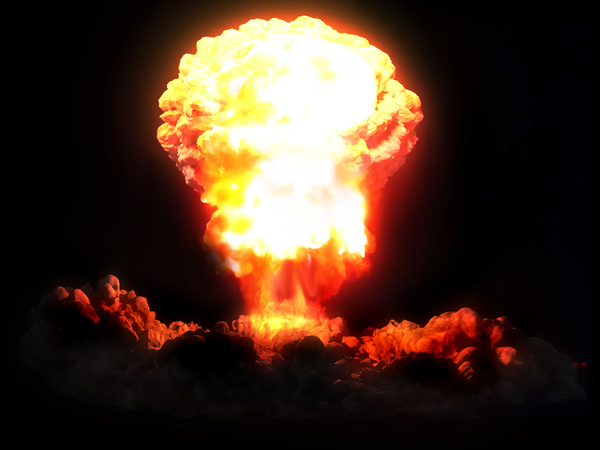Did you know that the first non-solid fuel-powered water heater produced hot water instantly?
English painter Benjamin Waddy Maughan’s invention in 1868 involved cold water flowing downward through pipes heated by hot gases into a tub. This design never took off, perhaps because Waddy didn’t include a flue to vent the gases from the bathroom.
Though modern water heaters are much safer, they can still cause major problems if they aren’t maintained correctly. As a home inspector, part of your job is to ascertain the condition of the residential water heater.
Recent Regulation Changes for Water Heaters
The most recent development in water heaters for U.S. homes is the National Appliance Energy Conservation Act, which mandated higher energy factors for these units as of April 2015. The energy factor is the rating which measures the percentage of energy delivered from a power source that actually heats the water. These stricter standards impact both gas and electric water heaters of all sizes.
Location and Access
Before examining the water heater itself, an inspector should take note of where the unit is located. Fuel-fired water heaters should not be placed in storage closets without sealed enclosures, nor should they be installed in spaces which contain air-handling machinery. Toxic combustion byproducts in these areas could ignite if the water heater were to malfunction.
Piping and Valves
Piping that runs from the municipal water meter to the water heater should be at least 3/4” in diameter in order to maintain proper water pressure throughout the home. Also, a cold-water shutoff valve is required on the pipe where the water runs into the water heater so it can be closed when it’s time to replace the unit. Water heaters must have a fuel shutoff valve (or electric disconnect) so that the unit can be serviced while detached from the power source.
Arguably the most important water heater valve is the temperature and pressure relief (TPR) valve. This valve is designed to automatically open if the temperature exceeds 210 degrees Fahrenheit or the pressure climbs above 150 pounds per square inch. When open, the water runs through a pipe that’s connected to the drainage system. If a TPR valve doesn’t function properly and the unit overheats, it could cause an explosion which mirrors the power of a nitroglycerin bomb.

Again… BOOM!
Expanding Product Lines
As residents seek increased energy efficiency, home inspectors will notice different types of water heaters in modern homes. Tankless water heaters are installed at the spots where hot water is desired; while these are more efficient, they often require more periodic maintenance. Geothermal water heaters take the excess heat from the residential heat pump and feed it into the tank to heat the water. And a passive solar water heater uses the sun as the heat source for the water.
Maintenance for Water Heaters
No matter what kind of water heater is present in a residence, the home inspector should perform the same basic tasks when inspecting the unit. Here’s the bare-bones water heater “home inspection checklist:”
- Twice a year, check the flame color, pilot, and burner.
- Once a year, check the thermostat’s operation, the TPR valve, and the unit’s venting system.
- Every two years, inspect the anode rod. Do this more frequently if water softeners are used.
Of course, there will be other maintenance tasks depending on the type of water heater. If there are any components which are not operating properly even after being cleaned or adjusted, then the inspector should make a note of them and possibly recommend repairs (or the replacement of the unit).
Though the water heater isn’t as complex as a home’s electrical or HVAC system, it’s still one of the most vital pieces of machinery as far as maintaining the comfort of the home’s occupants. So be sure to inspect it thoroughly!

All good! No BOOMs today.
Got an Android phone? Download our easy-to-use home inspection app today!

